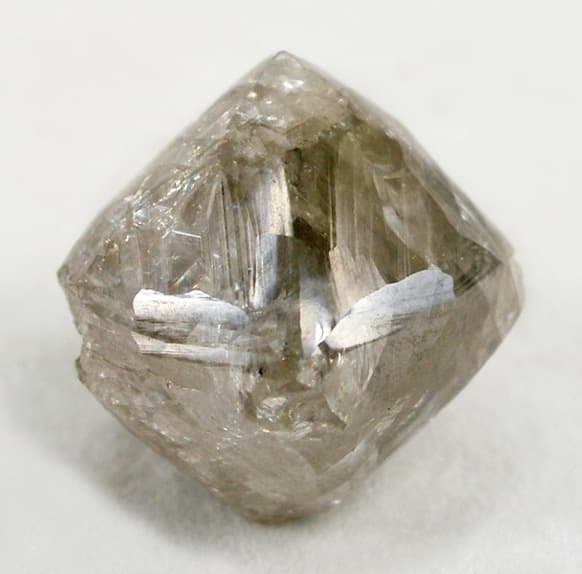Can Blockchain Diamonds Solve Ethical Sourcing and Grading Issues?
Blockchain tech can provide secure, digital transaction records. Can blockchain diamonds resolve ethical and legal issues related to sourcing and grading?
2 Minute Read
What is Blockchain?
Blockchain is a form of distributed ledger technology. Simply put, it's a decentralized network of computers that each hold a ledger of transactions. Any computer can add a data block to the ledger (or chain — hence, "blockchain"). However, no one computer acts as the central authority. Instead, for a transaction to be added to the ledger, each computer must validate the transaction. This happens through cryptography. Once added to the ledger, a transaction is permanent and can't be erased.
Bitcoin is the most famous blockchain network, but blockchain isn't just for cryptocurrencies. Any piece of information can be added to the ledger as a data block. Many industries, such as financial services (banking), are excited about blockchain and its potential to speed up transactions, reduce costs, and improve data security. The diamond industry is now also exploring the possibilities of blockchain networks.
Interested in this topic?
This article is also a part of our Diamond Specialist Certification Course, in the unit Diamond Industry Trends.
How Can the Diamond Industry Use Blockchain?
Blockchain may prove very useful for tracking the provenance of a diamond in a more transparent manner. Let's look at how that might work.
Who are the Stakeholders in a Diamond Value Chain?
First, we need to identify the stakeholders in the diamond value chain. They include the following:
- Producers (for example, a diamond miner)
- Manufacturers (for example, diamond jewelers)
- Registrars (for example, diamond accreditation services)
- Standards organizations and bodies that define the rules of a certain scheme (for example, the Kimberley Process)
- Certifiers and auditors who act as independent agents to verify standards (for example, Deloitte)
- Retailers (sellers of diamond jewelry or loose diamonds)
- Consumers (those who buy the end product, for example, jewelry store customers)
Viewing and Adding Data to the Blockchain
If each stakeholder formed part of a diamond-specific blockchain network, they could view important details about a specific diamond. For example, they could determine the diamond's source and attributes (cut, carat, color, and clarity), as well as the ownership of the diamond as it passed through different parties until finally reaching the jeweler. The stakeholders themselves add this information as data blocks to the blockchain as the diamond moves through their custody.
Creating A Digital Mirror for a Diamond
This information constitutes a "digital mirror" of the actual diamond and its certification. It might enable a consumer to more easily avoid purchasing an unethically sourced diamond. Here you can see the unique promise of blockchain: its associated technological functionalities and features enable real-time updates, greater transparency, and auditability.
Learn More About Blockchain Diamonds
If you want to learn more about the application of blockchain to the diamond industry, check out Everledger. This company has more than 2 million diamonds uploaded onto its platform. The De Beers corporation has created Tracr, its own blockchain platform for identifying and tracking diamonds. IBM is also developing its own platform, the TrustChain Initiative, which has been tested with diamonds from the Rio Tinto corporation.
International Gem Society
Related Articles
Diamond Value, Price, and Jewelry Information
FTC Guidelines for Grading Diamond Quality
Moissanite vs Diamond: Beauty, Durability, and Price
Is a VS1 Clarity Diamond a Good Buy?
Never Stop Learning
When you join the IGS community, you get trusted diamond & gemstone information when you need it.
Get Gemology Insights
Get started with the International Gem Society’s free guide to gemstone identification. Join our weekly newsletter & get a free copy of the Gem ID Checklist!
